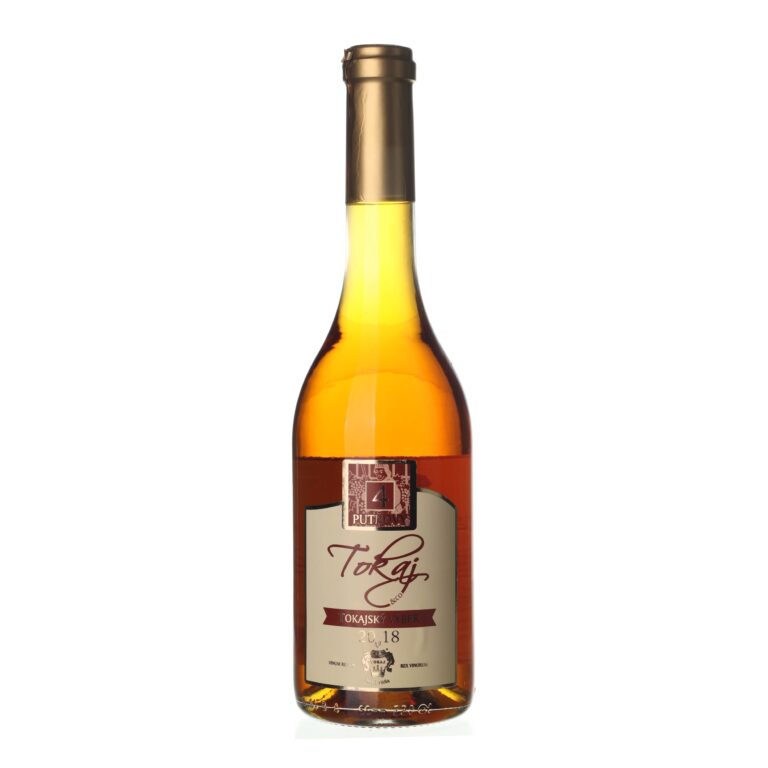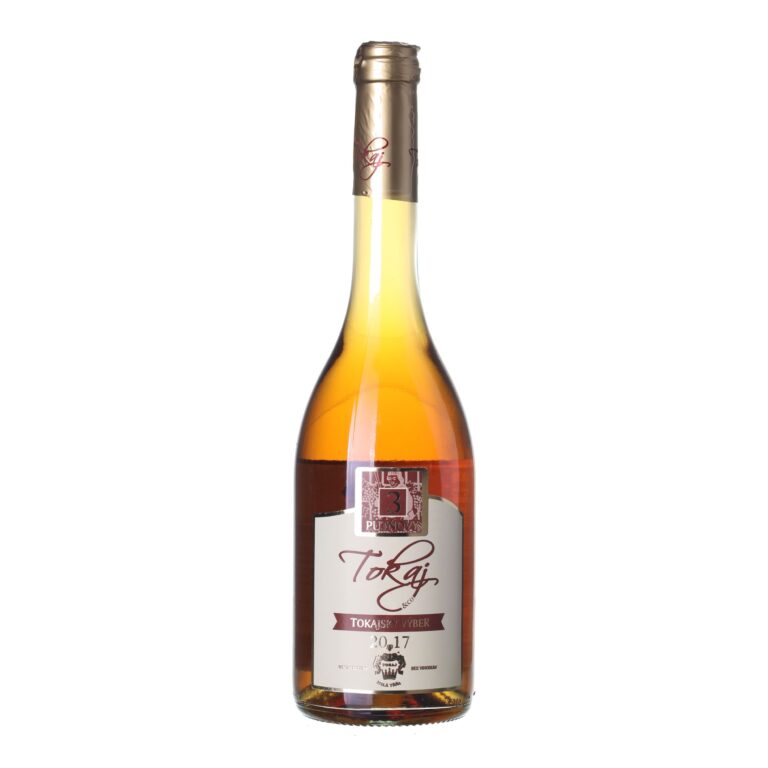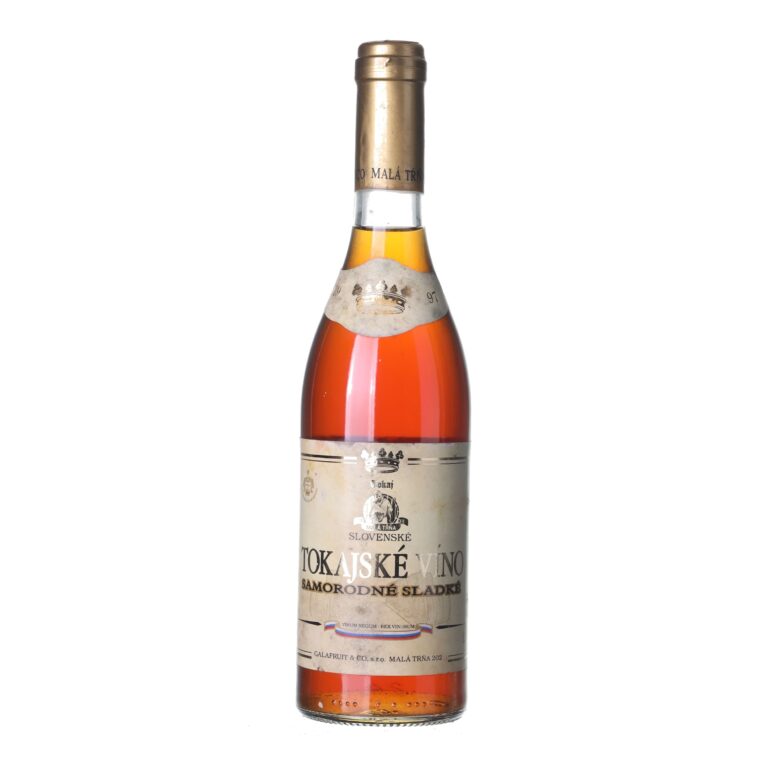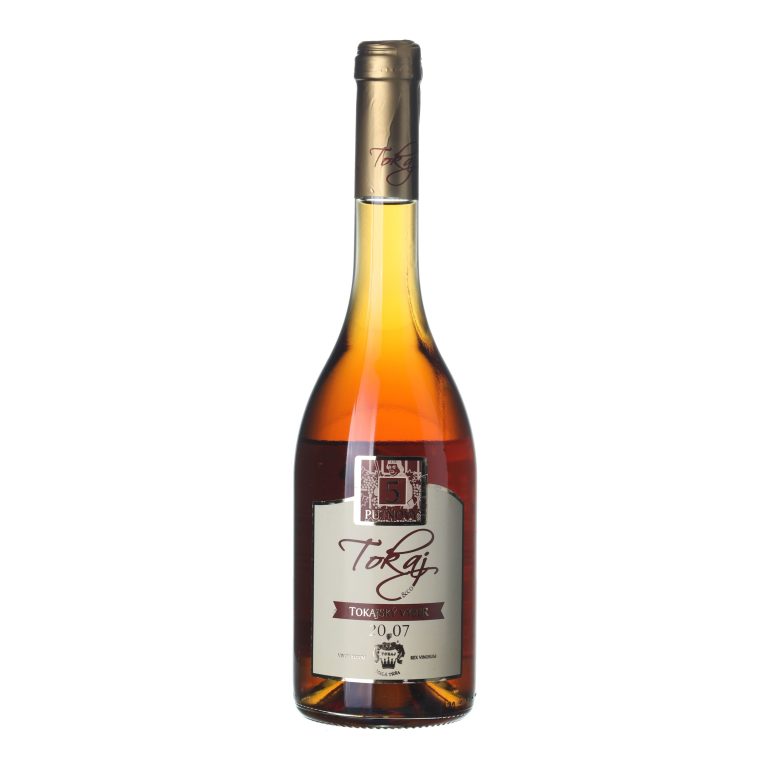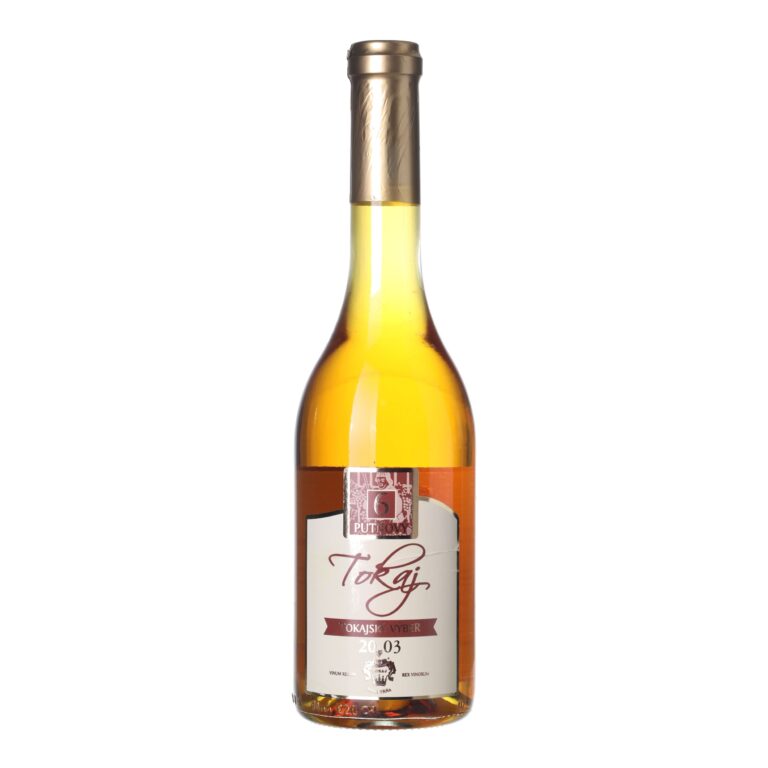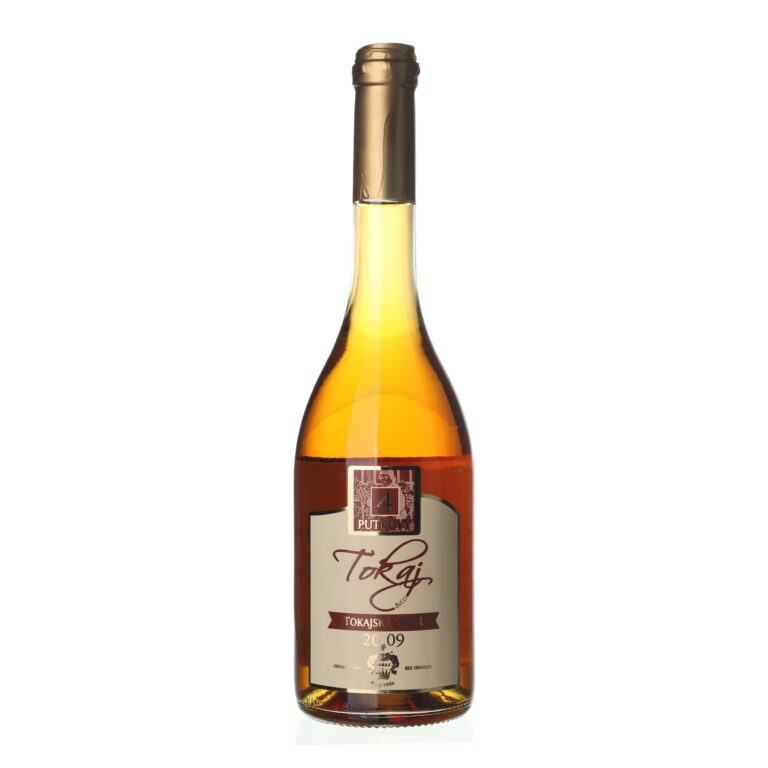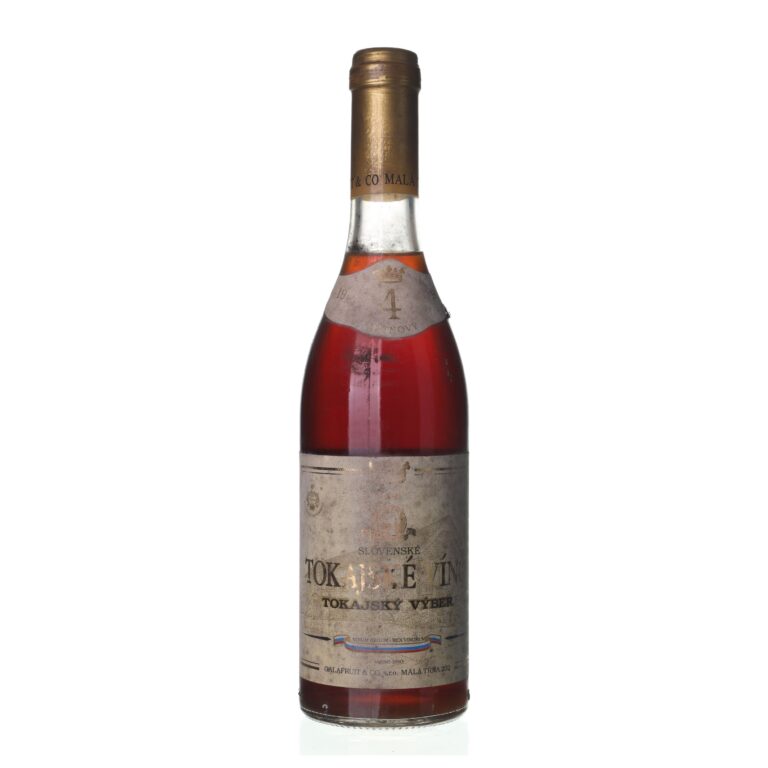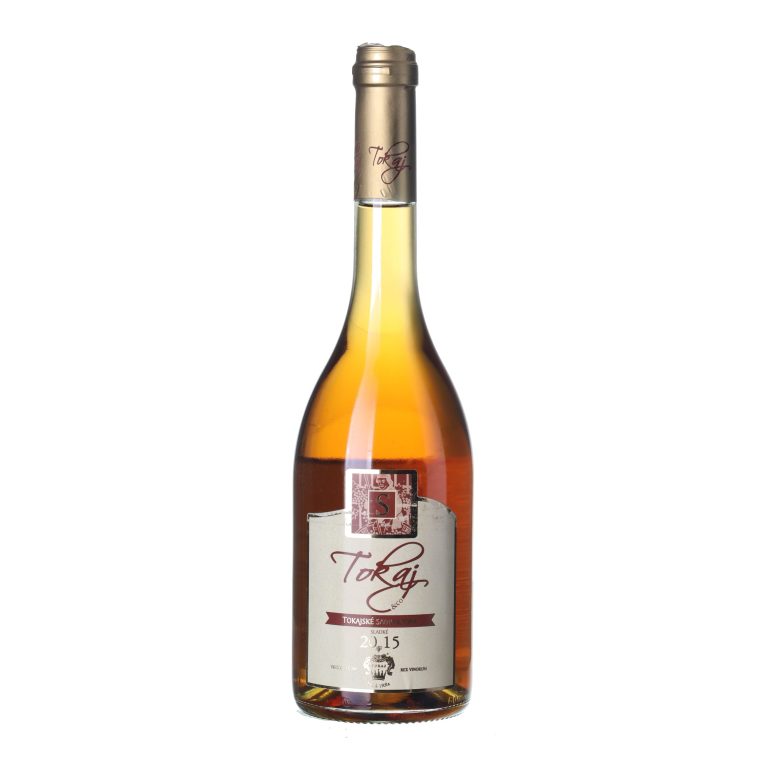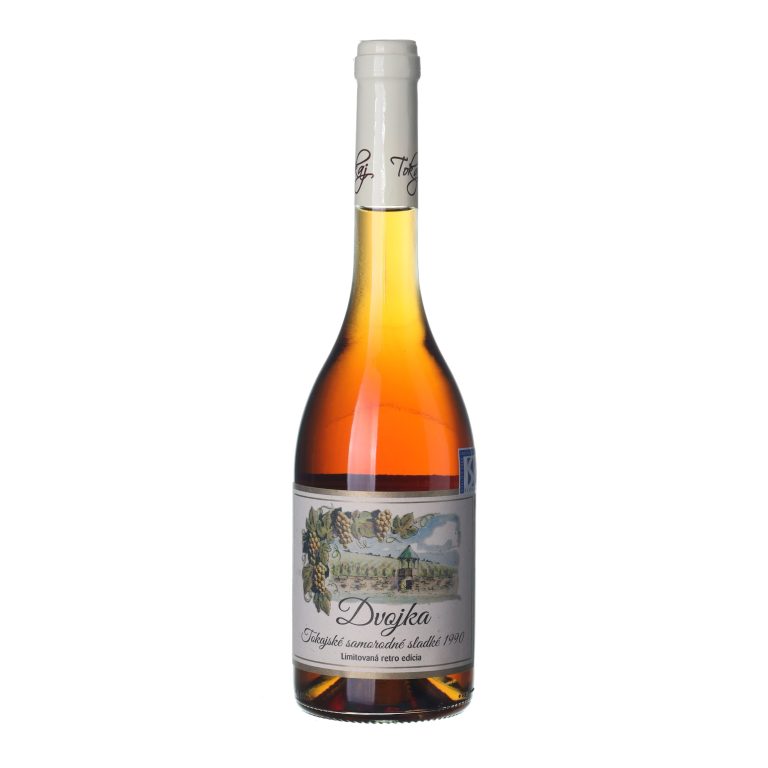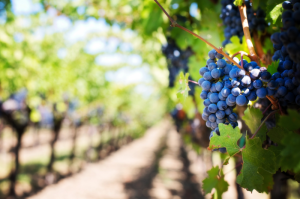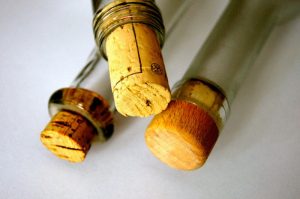What’s the difference between vintage and young wine?
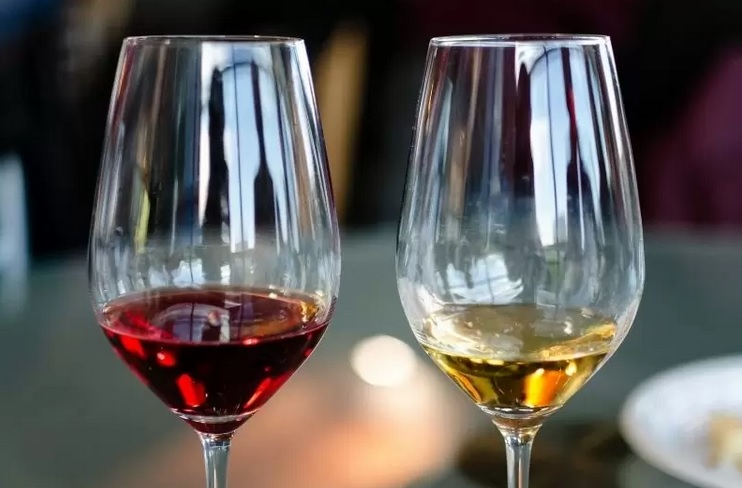
Are you wondering why it pays to wait to open some wines, while others taste their best shortly after leaving their homeland? In today’s article you’ll find out about the differences in the qualities of young and vintage wines.
You can buy young wine right away. Wait for an vintage bottle at least three years
First of all, let’s talk about how legislation treats the classification of wines according to their age:
- Young wines are sold to customers the same year when the grapes they were made from were harvested. Consume wines like this within two years of their bottling.
- Vintage wines can only be sold three years after the grape harvest.
Vintage wines are the best that winemakers offer. Thanks to their maturation in the bottle, they acquire something extra that young wines lack – perfect harmony and complexity of taste.
There are certain red wines that outright demand longer maturation in the bottle. If you drank them young, their bitter taste would probably surprise you. However, thanks to archiving, the tannins responsible for this bitter taste are softened.
What are the main differences between young and old wine?
- Taste: Thanks to their tertiary tones, old wines have a richer character than young ones.
- Aroma: You’ll recognize more aromatic variations in the bouquet of vintage wines.
- Color: Mature wines take on even very dark shades as they age.
- Serving: It pays to first aerate wine from the archive, while young wines are better to serve immediately after opening the bottle.
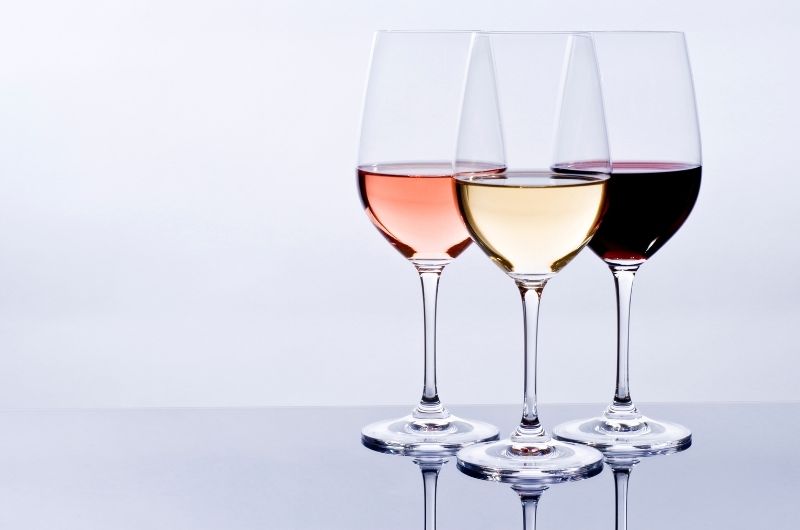
Taste and aroma as the main virtues of a mature wine. They even develop while it’s resting in the bottle
In young wines, you’ll especially enjoy their primary flavors. These can be various fresh fruity or citrus tones. The aroma of young wines will be more sour and, thanks to their higher tannin content, their taste may be slightly astringent.
However, archiving softens the tannins. Thanks to their long maturation the taste dimension of vintage wines is enriched by further elements– tertiary tastes and aromas. While tasting the wine you’ll perceive honey, herbs, spices, or various earthy tones. At the same time, all of these tastes are in perfect harmony. Simply put, older wines provide a more complex taste experience than young ones.
How do tertiary tones arise? During archiving the wine is oxidized through a good-quality cork, and this leads to continual biochemical processes taking place between the constituents in the wine. Therefore, even the same wine from the same location can taste different each year.
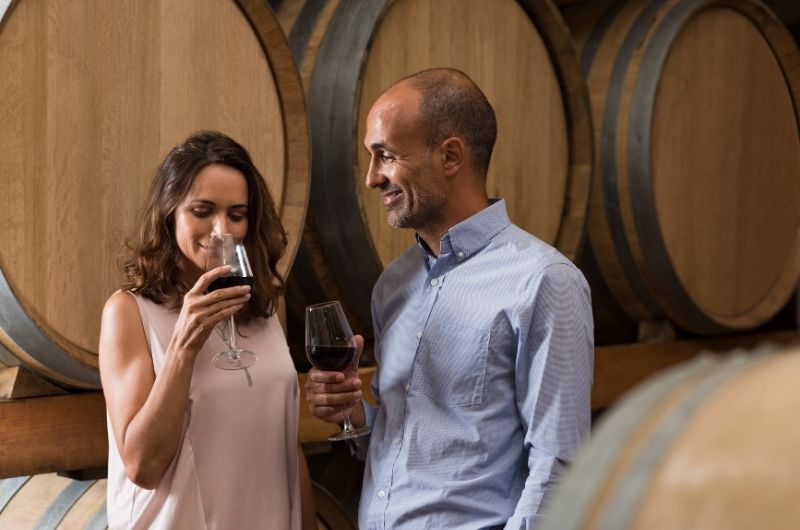
Tip: The best way to judge how time has changed the taste of a wine is to order a set of the same wines for archiving and provide them with ideal storage conditions. Then you can gradually open your wines and assess how their taste qualities change over time.
How do young and old wines differ in their color shades?
Maturation doesn’t only affect a wine’s taste and aroma. Due to the influence of slow oxidation its color also develops. And it’s the wine’s color that offers the first clue that reveals that you have the honor of encountering an archival specimen. The older the wine is, the darker its color will be:
- With age, the color of young white wines changes from light gold to amber. Look for representatives of the darkest vintage white wines among the dessert wines. Old wines of the Chardonnay variety are also often dark.
- Through long maturation a young red wine with a cherry hue takes on even very dark ruby tones. Vintage wines made from the Syrah variety rank among the darkest red wines. Close behind them can be found old Cabernet Sauvignon wines.
Let mature wine breathe before serving it
Young wines smell and taste best immediately after opening. To enjoy your wine to the fullest, don’t wait long after uncorking the bottle and serve it immediately. Unnecessarily long exposure to air will result in a flattening of the wine’s taste.
By contrast, vintage wines benefit from a short visit in the air before they are served. The process of aerating wine is called decanting in the sommeliers’ vocabulary. Before serving, the wine is poured into a decanting vessel, most often a carafe. Thanks to this step, the decanted wine “opens up” and during the subsequent tasting it shows off all its levels of taste and aroma in their full beauty. Decanting is especially suitable for wines younger than 20 years old – with older vintages it isn’t necessary.
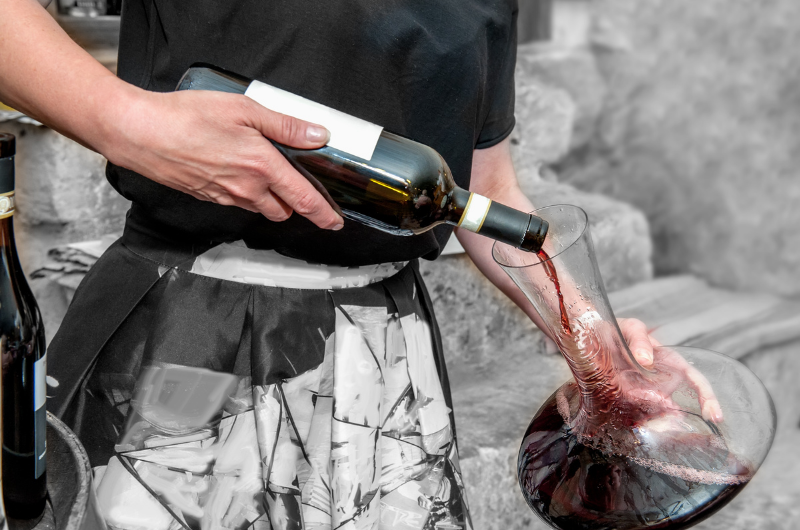
Tip: When serving wine, don’t forget about the correct serving temperature. It’s nothing too complicated – the recommended temperature for a specific wine is often found right on its label.
Don’t put a young wine from a store into the archive
Keep in mind that not all wines are suitable for archiving. Wines like this are best enjoyed while they’re young. A wine’s archiving potential depends on the specific variety and quality of its grapes and on the technology used for producing it. It’s also important how “successful” each vintage was. This is a matter of chance in the weather. For archiving, a wine needs certain prerequisites for archiving such as ideal amounts of sugar, acid, and alcohol. Alcohol works as a preservative.
Did you know that the baby of a winery is the St. Martin’s wine it produces every year? It is only allowed to mature for only a few weeks.
Which white wine will taste great when it’s old? Its sugar gives you a hint
Have you encountered the claim that white wines are unsuitable for archiving? It’s not necessarily true. Assessing the archiving potential of white wines is done using the same rules as for red wines.
An additional fact about white wines is that the sweeter the grapes, the better suited the wine is for storing in the archive. Winemakers in the Sauternes region know a thing or two about this – some of their masterpieces lie for a really long time in the cellar.
The equally famous Tokaji wine is sometimes compared with Sauternes. This is because the technology of producing Tokaj wine and Sauternes is very similar. A noble fungus causes the grapes to wrinkle, and this concentrates their sugar. Even mature Tokaj is proof that white sweet wines benefit from maturation.
Choose a mature red wine from famous winemakers
It can be generally stated the higher a blue variety of grapes’ extract and tannin content, the better suited the resulting wine is for archiving. Thanks to its high extract content, the wine also has an ideal acid content, which reduces the risk of undesirable microflora developing. Thus, a higher degree of minerality is usually a promise that storing the wine in the archive won’t end in a disaster.
The great wines of the Nebbiolo variety are exceptionally good for archiving. It’s no coincidence that this variety gives rise to one of the best wines from Italy – Barolo. Find out in our article why Barolo is called also “the King of Wines”.
Other wines suitable for archiving are reds from the Sangiovese, Cabernet Sauvignon, and Merlot varieties.
Here at the very end, here’s one practical difference between young and vintage wine. Young wine is a welcome gift for any occasion. However, if you give an vintage bottle to the recipient, you elevate your gift of wine to a higher level. You can take advantage of the numerical symbolism of vintage wines – for example, by purchasing 30-year-old wines for a 30-year-old celebrant.
Select wines. In your email.
once every month. You can look forward to our recommendations, interesting content, and great offers for your archive for your archive.
By sending an email you agree to the Terms and Conditions for Protection of Personal Data


